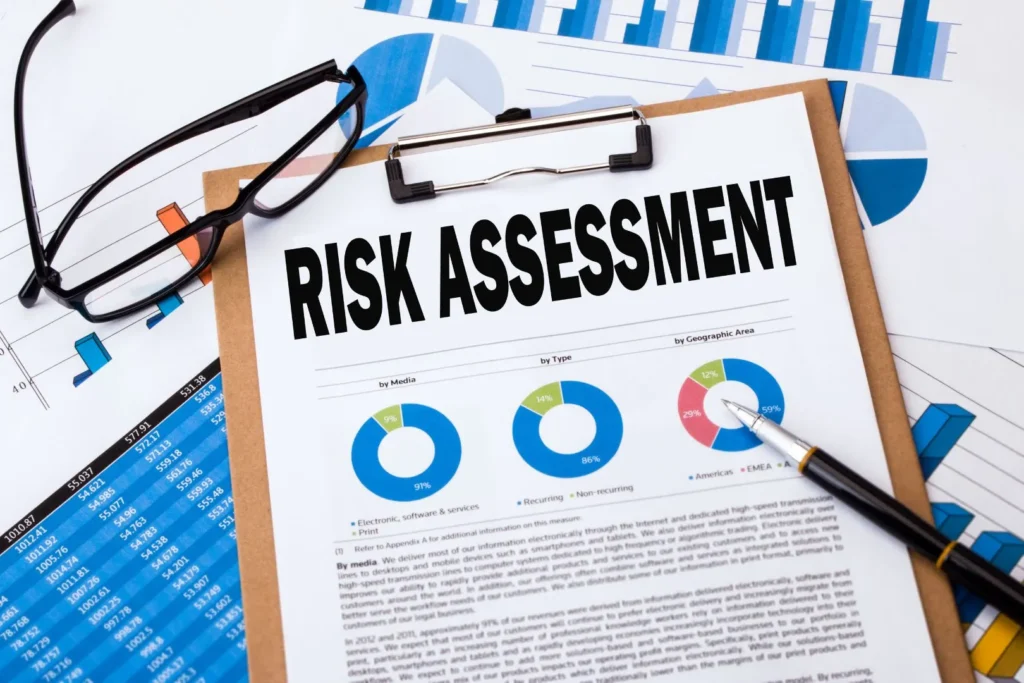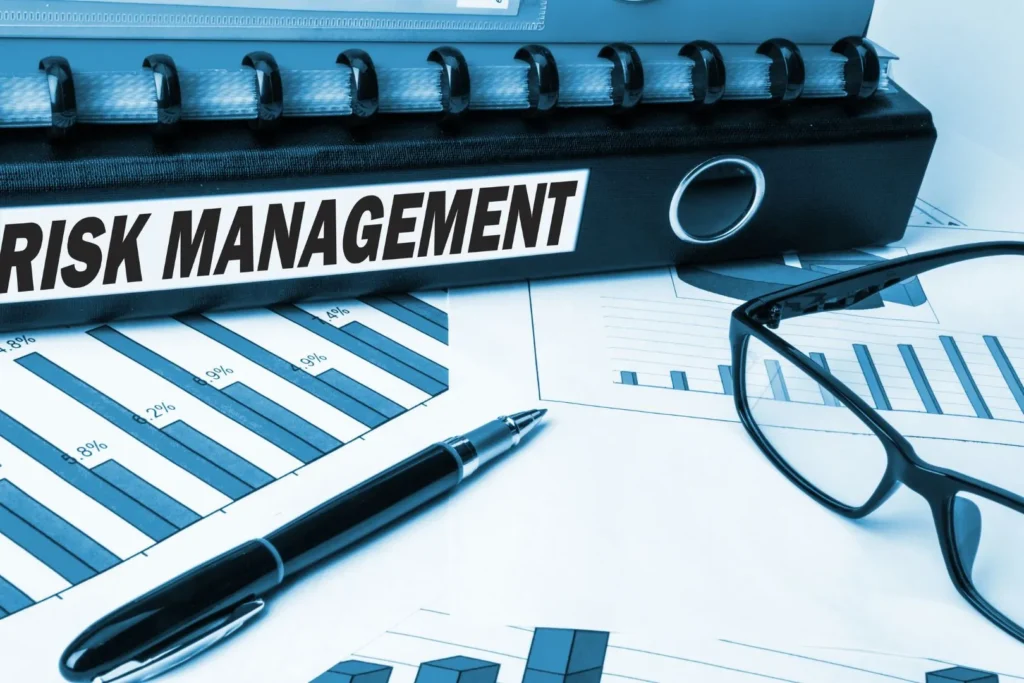- Need Free Consultation?

Large-scale projects cannot function without effective risk management, which includes substantial investments and complex coordination. According to the Project Management Institute, organizations with strong project management practices are 28 times more likely to succeed.
The main motto for grand projects is “Better be safe than sorry”, and this article will highlight every aspect of why you should invest in risk prevention.
Risk management is the systematic process of identifying, assessing, and mitigating potential risks that could affect the success of a project.
An effective risk management plan consists of the following components:
SWOT analysis stands for:
This technique works best for assessing these four aspects in one table. Ask yourself questions concerning SWOT to help you understand what works best and what needs improvement.
Risk checklists are predefined lists of potential risks based on industry practices and case studies. They usually are a starting point for identifying hazards in the near future.
Expert interviews are probably the best way to learn all the specifics and mishaps of the industry in the relevant field. Their insights are exclusive; they may know and share tips and tricks nobody knows or has written about.

Imagine having every piece of information in one dedicated place, which makes your workflow smoother and allows you to make lightning-fast decisions. That’s why you shouldn’t neglect new tools that are dedicated to risk management processes. The particular software will eventually become your lighthouse during hard times.
Sometimes, it would be lovely to freeze time in place and solve issues before they materialize, right? Well, a proper analysis of past actions and projects will do just that. By analyzing successful (or not-so) trends and patterns, project managers have the ability to predict and stop the eruption of problems before they occur.
Boeing 787 Dreamliner Boeing utilized predictive modeling and data analytics to manage technical, supply chain, and regulatory risks during the development of the 787 Dreamliner.
Mastering risk management is the secret sauce for the success of large-scale projects. You can transform potential pitfalls into stepping stones by harnessing cutting-edge technology, engaging stakeholders, and adopting adaptive strategies. Equip your projects with these powerful tools and watch as they soar to new heights, turning risks into opportunities for innovation and growth. Embrace proactive risk management and lead your projects to triumph.
Contact Our Experts to Get a Free Consultation Today!